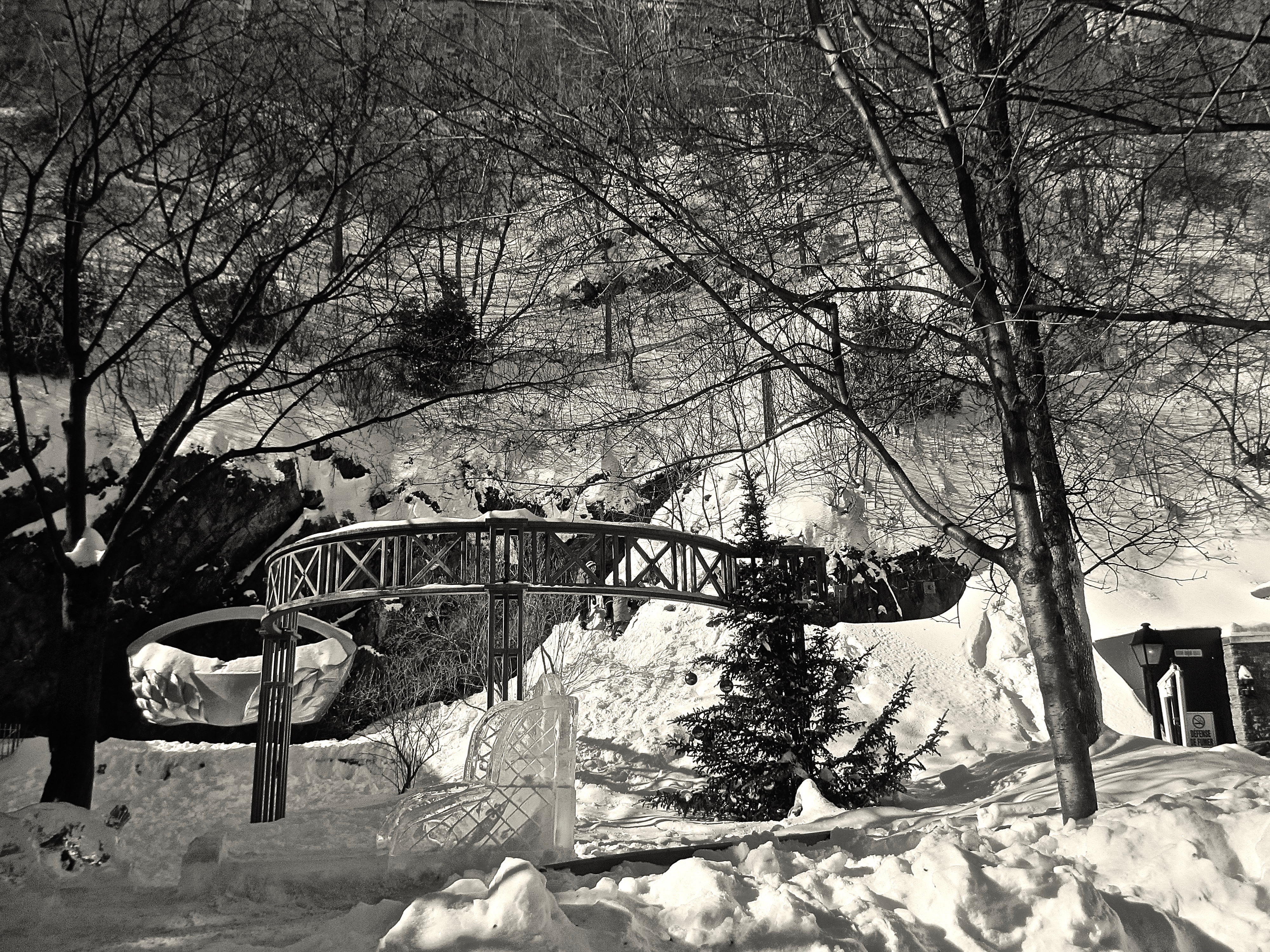You’ve heard my prattle about Hallmark Christmas movies. Except for mentioning that The Christmas Train is head and shoulders above all the rest and my absolute favorite so far this season, I’ll leave you to chat about Hallmark movies amongst yourselves. This post, instead, is about their worthy ancestor of an entirely different ilk, our favorite black-and-white movies from the 1940s.
Most of us know and love It’s a Wonderful Life, and it’s certainly on our list. But there are some lesser known gems that you might really enjoy if you give them a chance. I’ve heard many folks say they can’t watch anything past the opening and closing scenes of The Wizard of Oz in black and white. That’s their loss, as far as I’m concerned. I will say, however, that to enjoy these movies, you must 1) stop wishing for color*; 2) understand and appreciate that most of these films have a point of view that is clearly traditional and religious, 3) accept that they reflect the social conventions, among them misconceptions and narrowness, of their time, and 4) of course, suspend your disbelief.
Just as an aside, note that many of the holiday flicks we consider “classic” today are funny, and centered largely on Santa Claus and family shenanigans. Don’t misconstrue—we love the lot: A Christmas Story, Elf, Tim Allen’s reluctant Santa Claus, Fred Claus and his highly dysfunctional family , and National Lampoon’s Christmas Vacation, of course, as much as anyone. Belly laughs are good medicine for holiday frenzy. But the ones on our list, even the funny ones, are far more subtle. We watch them every year, sometimes more than once. (And just to squash any ideas to the contrary, most of these were released before I was born.)
It’s a Wonderful Life. George Bailey, Clarence, and the rest of the entourage do not need a plug from me. Director Frank Capra’s 1946 masterpiece about a man lifted out of despair by an unlikely angel.
The Bishop’s Wife. David Niven as a depressed bishop, Loretta Young as the wife who struggles to cheer him, and Cary Grant as the angel who fixes it all. Directed by Henry Koster and released in 1947.
The Shop Around the Corner, Director Ernst Lubitsch’s utterly charming Christmas-in-Budapest tale, released in 1940, that was Nora Ephron’s inspiration for You’ve Got Mail. Jimmy Stewart strikes gold again, this time with Margaret Sullivan. Fun hint: You’ll remember “Mr. Matuschek” from “behind the curtain” in another classic film.
The Man Who Came to Dinner. The token crazy farce on the list, featuring the pedantic, obnoxious Sheridan Whiteside and his band of nutcase friends, admirers, artifacts, and penguins. A fabulous cast including Monty Woolley, Betty Davis, Ann Sheridan, Billie Burke, Jimmy Durante., directed by William Keighley and released in 1942.
It Happened on Fifth Avenue. English majors may remember James M. Barrie’s play, The Admirable Crighton, in which the servants reverse roles with their masters after a shipwreck. This movie always reminds me of that play, except that it’s the homeless, and particularly homeless veterans returning from the war, who are taking over the estate. Released in 1947 and directed by Roy del Ruth.
Christmas in Connecticut. Barbara Stanwyck as a Martha Stewart type, except that… well, I won’t give it away. Enjoy. Directed by Peter Godfrey and released in 1945. (Just make sure you don’t get the 1990s remake by mistake, with Dyan Cannon and Kris Kristofferson, which surely falls into my “worst of all time” collection.)
Miracle on 34th Street. Is he or isn’t he? This is a marvelous movie, even though I always end up hating the mother for being so hide-bound. Maureen O’Hara at her loveliest, John Payne, Edmund Gwenn, and then child star Natalie Wood. Directed by George Seaton and released in 1947.
Note that these films were all made between 1940 and 1947, and imagine them in that context. Imagine yourself being given respite from keeping a “stiff upper lip” through the constant fear and worry of war on two fronts, or the life-altering changes the war brought to so many. I’m pretty sure that’s one of the reasons we love them so much.
*Don’t succumb to colorized versions if you download any of these movies or buy the DVDs. They are so much better in their original form.
Photo: Vieux Québec—the old city—during the carnaval d’hiver.
.


Mary Waldman
Christmas in Connecticut for the win.
LikeLiked by 1 person
Angela
It’s a hoot!
LikeLike
Bobbie
John introduced me to his favorite version of A Christmas Carol: 1951, b&w, starring Alastair Sim. He has watched it since he was a little boy, and now we watch it as a family every Christmas Eve after midnight Mass. ( which is really 10:30 Mass in our present church.) The effect of the b&w totally enhances the creepiness of the ghosts.
LikeLiked by 1 person
Angela
I didn’t include it but mostly because I was focused on wartime American films. I remember the Basil Rathbone version best. PS I envy your ability to stay awake Christmas Eve!
LikeLike
Pingback: Counting down the days… – Hashtag Retired